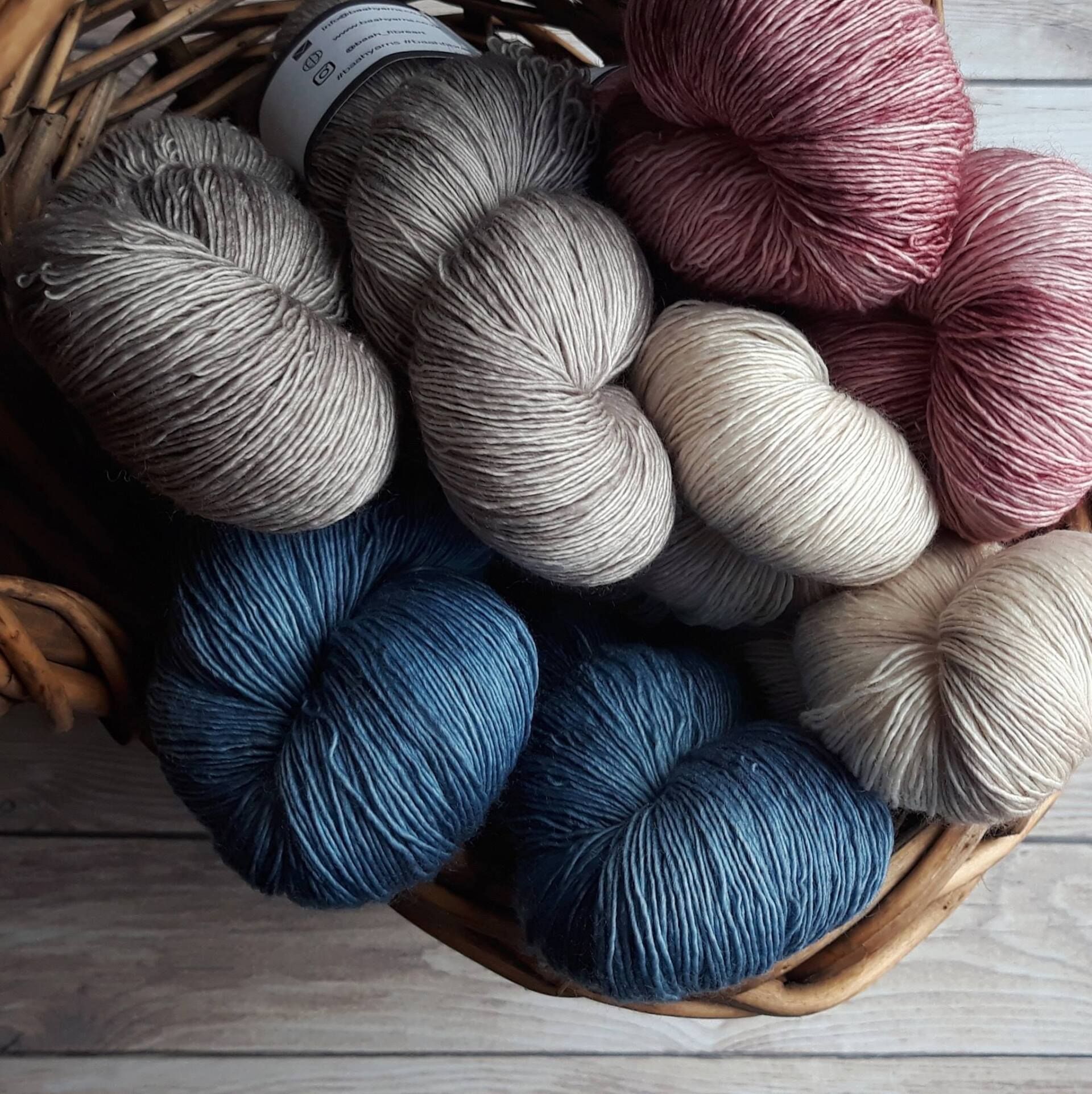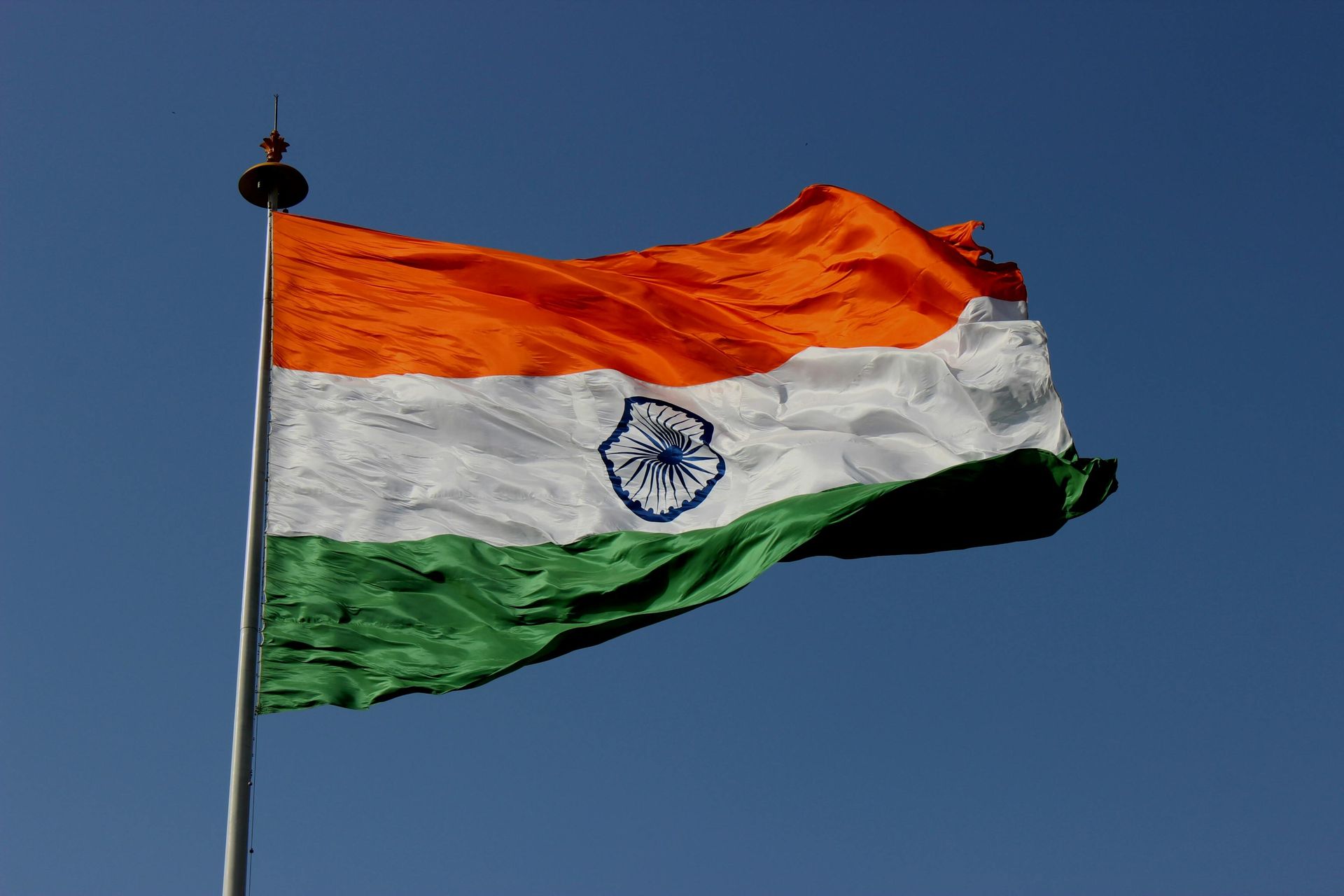Textile Industry & The Growth of Allied Industries
The Textile Industry ranks as one of the most vibrant industries today with the global textile industry market size valued at USD 959.87 Billion in 2022 with a projection of USD 1371.84 Billion by 2030.
When it comes to India, the textile industry has always held immense importance both historically and economically. This is one of the oldest and largest sectors in the country and provides a significant amount of employment besides contributing significantly to India's GDP. There is also a thriving ecosystem of allied industries that support and enhance it which includes spinning and weaving, chemicals, dyes, textile machinery, technology, logistics and sustainability.
Spinning and Weaving: Backbone of the Textile Industry
When we talk about the Textile Industry, the backbone is the spinning and weaving processes which are closely interconnected. Spinning is the process that creates yarns that serve as the raw material for weaving. Weaving then transforms these yarns into fabrics with different patterns, textures, and properties as required. This is done either manually on handlooms or with power looms in cases where large-scale production is called for.
Notable amongst yarn manufacturers is Beekaylon, one of the largest manufacturers of dope dyed yarns in India. These comprise Dope Dyed POY, FDY, Draw Texturised, Air Texturised, twisted, and packaged dyed polyester filament yarn. Some of the innovations introduced include anti-microbial yarn available under the brand name Puriflex.

Chemicals and Dyes: Enabling Innovation and Colour
Textile manufacturers rely on a wide range of chemicals such as colorants, pigments, surfactants, and finishing agents to achieve the desired properties and effects on fabrics. Besides colouring, these are also used in printing, and finishing processes.
Dyes add colour to fabrics, yarns and fibres. The extensive palette of shades allows designers and manufacturers to indulge their creativity and meet diverse consumer preferences.
Today, advances in dyeing and printing technologies have opened up unexpected new possibilities which include digital printing, a range of stunning special effects and more. This enables the creation of unique and intricate designs and even personalised textile creations.
Technical & Smart Textiles
There is a growing market for smart and technical textiles that incorporate specific properties for specified applications. For instance, Beekaylon’s automotive yarn sold under the brand name Moto-Fiber is flame retardant, UV-resistant, and antibacterial. Beekaylon's Flexilastic is extremely stretchable and is used in athletic wear textile applications such as narrow fabrics and elastic tapes.
Textile Machinery’s Role
The growth of the Textile Industry naturally spurs a growth corollary in textile machinery. These machines automate and streamline the textile manufacturing process, increasing efficiency, productivity, and quality. These are needed at various stages of textile production such as spinning, weaving, knitting, dyeing, printing, finishing, and garment manufacturing.
They also focus on sustainability by developing machines that consume fewer resources, generate less waste, and are more environmentally friendly.
Driving Technology & Innovation
The growth of the Textile Industry has been instrumental in driving technological advancements and innovation through R&D. Automation and robotics have come into use in manufacturing to digital printing besides the rise of smart textiles and sustainable practices, the industry has encouraged research and development in new technologies.
Sustainability and Circular Economy
In recent years, there has been a growing awareness and demand for ethical and sustainable fashion. There has been increasing concern amongst consumers about the social and environmental impact of their clothing choices. This has resonated in the industry as well increasing fair trade, organic, environment-friendly and cruelty-free fashion. This shift in consumer behaviour has made the Textile Industry take a relook at their processes and embrace more sustainable and responsible practices.
Sustainable fabrics such as polyester which are made from PET are gaining popularity. Beekaylon has been quite proactive and come up with “Recycled Polyester Yarn" branded as Poly-Go-Round . This is manufactured from used PET bottles and yarn waste. This in turn is converted into chips, using environment-friendly recycling processes. Promoting the circular economy brings many benefits such as preventing climate change, reducing waste and pollution, increasing competitiveness, improving profits and community-based initiatives.

How Beekaylon plays a role in this growth
Beekaylon shines as a leader in the industry due to the foresight, planning and visionary moves that make us a trendsetter. Ranking among the largest manufacturers of dope dyed yarns in India, we contribute immensely to the growth of the industry and have increasingly expanded to new geographical boundaries. By bettering our processes, we have not only made our products better but have enhanced their properties and environment-friendliness.
We believe that the growth of the Textile Industry and its allied industries is dependent on continuing to evolve and adapt to the changing global landscape. Through innovation, sustainability, and responsiveness to consumer demands, the industry can thrive while minimizing its impact on the environment and promoting social well-being.



